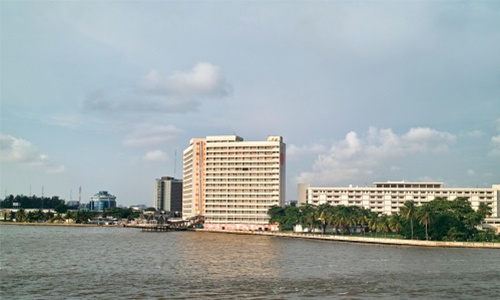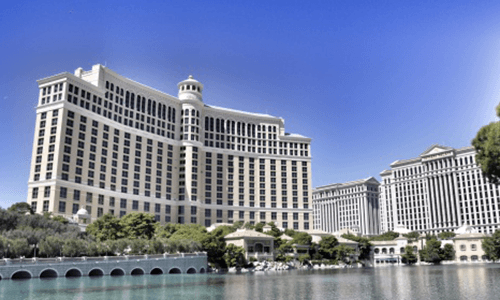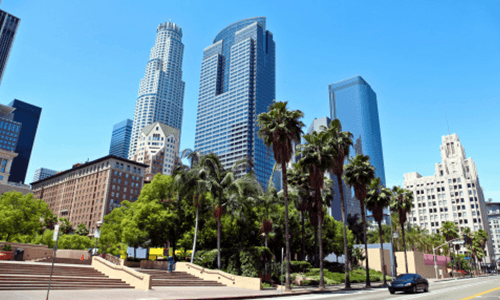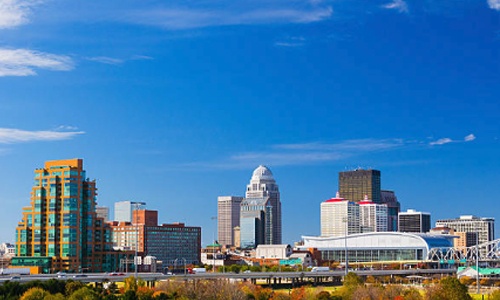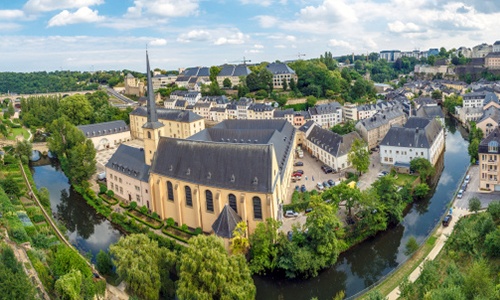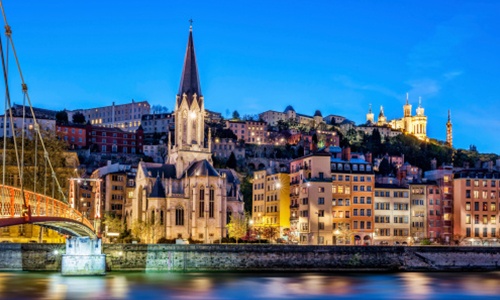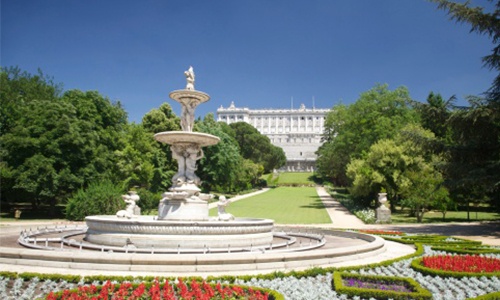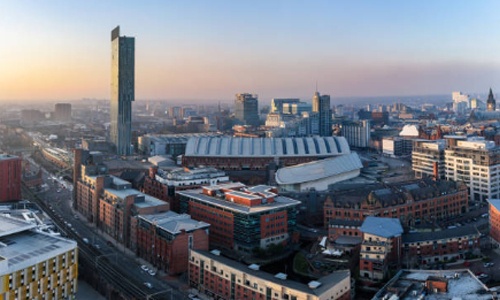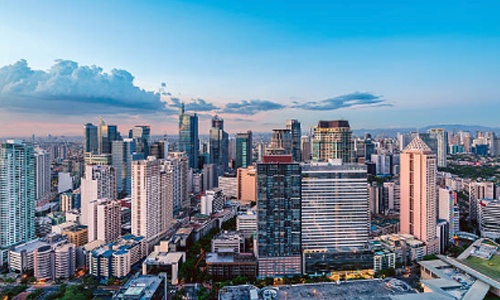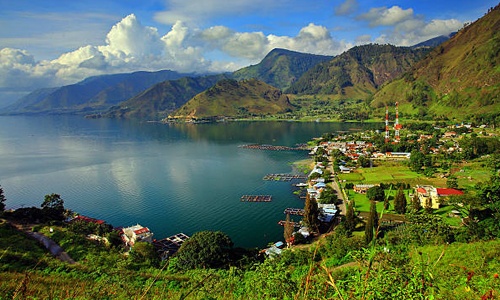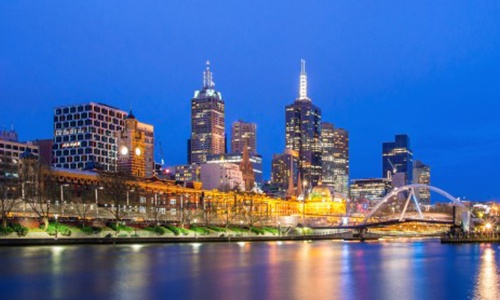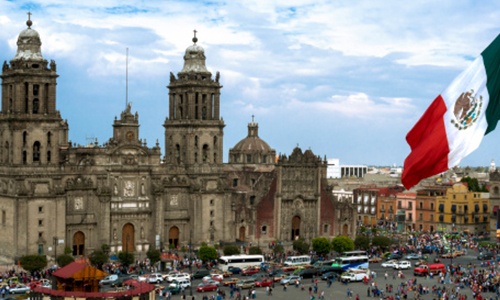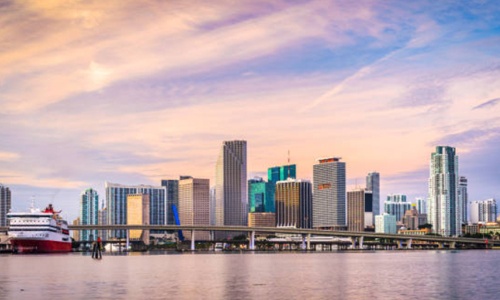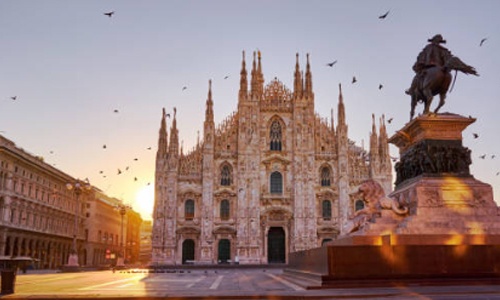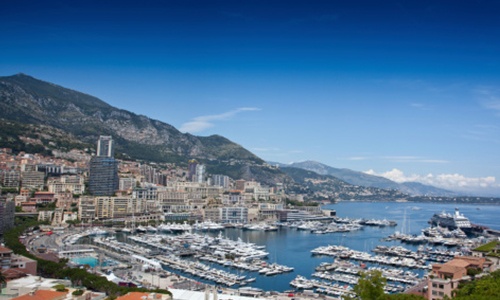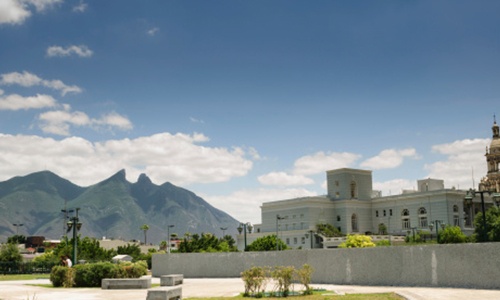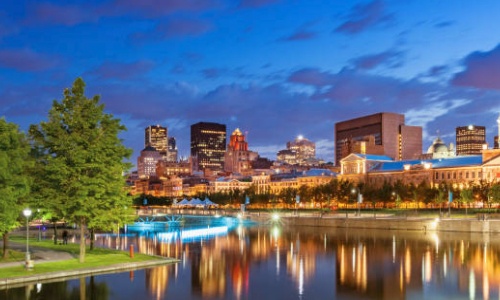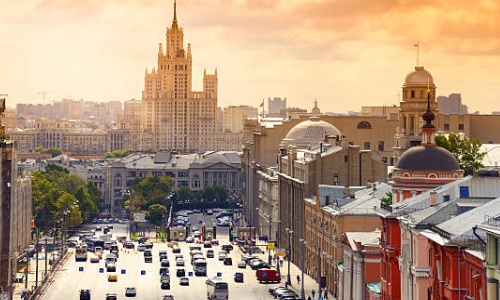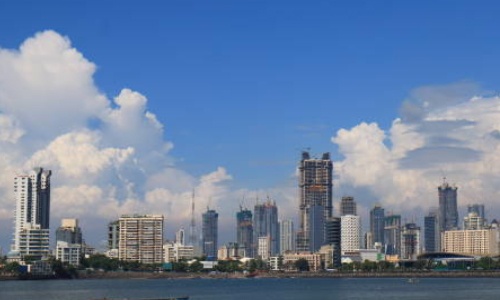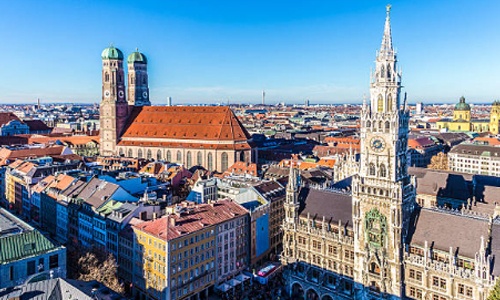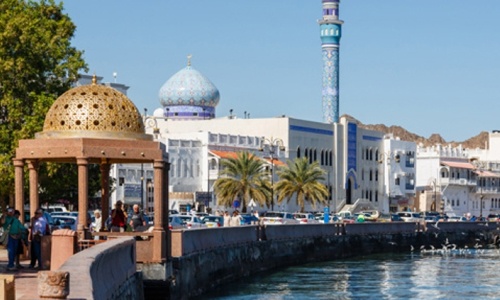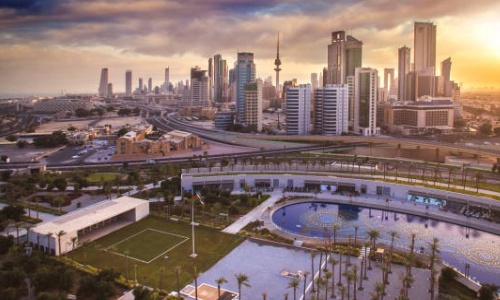
Kuwait
Kuwait has a GDP (PPP) of US$167.9 billion and a per capita income of US$81,800, making it the 5th richest country in the world, per capita. Estimated exports stand at US$94.47 billion and imports are around US$22.41 billion. Petroleum, petrochemical products, fertilizers and financial services are major export commodities. Kuwait imports a wide range of products ranging from food products and textiles to machinery. Kuwait’s most important trading partners are Japan, United States, India, South Korea, Singapore, China, the European Union, and Saudi Arabia. Japan is the largest customer of Kuwaiti oil followed by India, Singapore and South Korea. Kuwait city is ranked as one among the 25 largest GDP cities in the world along with New York, Tokyo, Moscow, Chennai and other financial hubs including Singapore and Dubai. According to the Index of Economic Freedom, Kuwait has the second-most free economy in the Middle East. Kuwait’s foreign exchange reserves stand at US$213 billion. The Kuwait Stock Exchange, which has about 200 firms listed, is the second-largest stock exchange in the Arab world with a total market capitalization of US$235 billion. The Kuwaiti government posted a budget surplus of US$43 billion. Non-petroleum industries include shipping, construction, cement, water desalination, construction materials and financial services. Kuwait has a well developed banking system.






